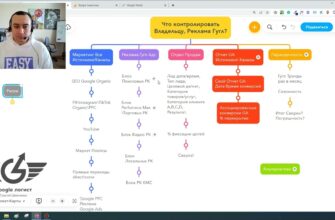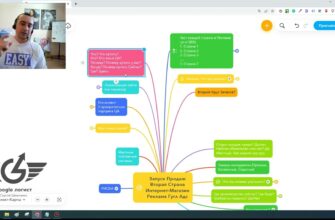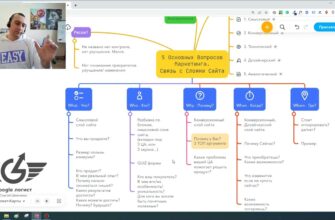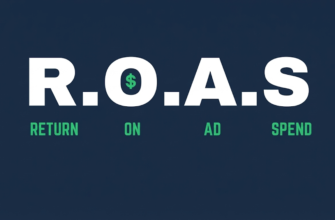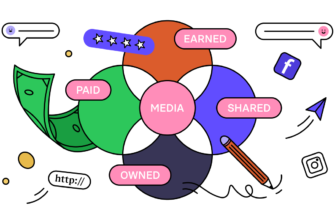Contextual advertising for branded queries often causes bewilderment among clients of an online agency. They have a reasonable question: “Why pay for advertising by brand name, if we are already in the TOP of organic results for it?”.
At first glance, this statement seems to have some common sense. But not everything is so clear!
What are brand queries in contextual advertising?

How many calls and sales will I get by ordering contextual advertising from you?
I need to calculate the conversion of my website Describe
the task
in the application
Calculate potential ad revenue Google
contextual advertising calculator
Brand queries in contextual advertising contain the name of a company, trademark, or brand of a particular product. Examples:
- Normal request – “Issue a credit card with cashback”;
- Brand query – “Credit cards with cashback from Monobank”.
Branded (vital) traffic brings customers at the last stage of the sales funnel to the site – after all, if they are looking for a company name, they know about its existence and are loyal to it.
The probability that they will receive an order, a call or an appeal is much higher than in the case of advertising on regular requests.
Pros and cons of contextual advertising for branded queries
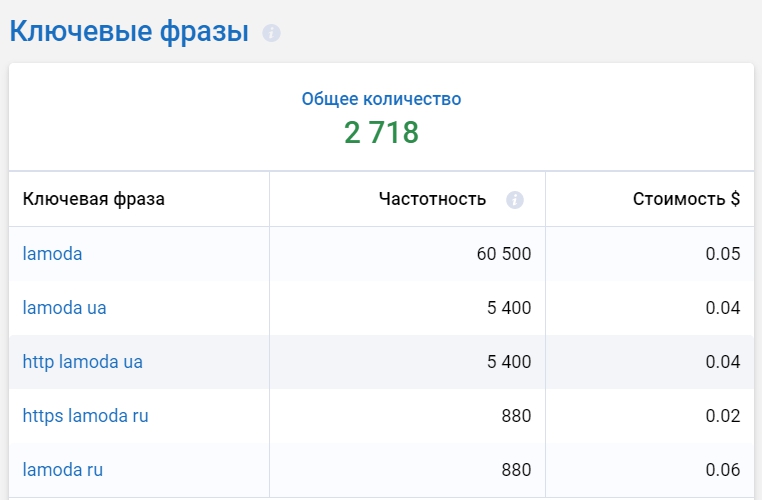
This type of advertising campaign has many advantages. It is also important to understand its shortcomings. Let’s take a look at both with illustrative examples.
Benefits
- Low cost per click. Advertising on branded queries is inexpensive, because the competition for these keywords is minimal. You should also count on high quality indicators of ads in the Google Ads system. Thus, at the expense of an affordable price, you can compensate for the loss in the number of free clicks from organic;
- High click-through rate. It is achieved due to the maximum relevance of such ads to the request (the user, entering the brand name in the search box, is looking for a specific site);
- More traffic from the Display Network. Brand name media campaigns will increase company awareness. Such advertising will give cheaper transitions to the site, but its click-through rate is somewhat lower;
- Advertising on queries with errors and typos. If your target audience partially writes the name of the company with an error, then it may not find the company’s website in organic search results (if it is not optimized for such queries). In an advertising campaign, you can set impressions for such keywords;
- High conversion. The user is already loyal, which means he is set to order your product or service.
Disadvantages
- May result in inappropriate impressions. If the brand name is consonant with the name of a popular film, book, festival, etc. then we do not recommend advertising for branded keywords – they can cause a serious drain on the budget;
- Selects part of the traffic from organic search results. Some of the customers who visited the site from the context would have come from a free search anyway;
- Brings an already loyal audience. Most likely, it will not be possible to increase awareness among customers who do not know about the company’s services.
As you can see, there are many more advantages of advertising by brand, but it’s up to you to use it or not!
How many calls and sales will I get by ordering contextual advertising from you?
I need to calculate the conversion of my website Describe
the task
in the application
Calculate potential ad revenue Google
contextual advertising calculator
What to consider when launching an advertising campaign for vital queries?
Before you start showing contextual advertising for vital queries, do a little analysis and answer a couple of questions:
- Are your competitors advertising for your brand? If yes, you can push them with paid advertising, which will have a CTR much higher than theirs, and the cost of a click will be much lower (after all, your site is definitely more relevant for vital queries);
- Is your company known enough? Users entering the brand name in the search bar should be looking for your site, otherwise there will be a lot of inappropriate visits and the budget will be wasted.
For new, not yet promoted trademarks, it is better to use another tool – contextual advertising on competitor brands.
What bid should I set for branded traffic?
It may seem that to run ads on branded traffic, it is enough to set a minimum bid. But often this is not enough for impressions even on the second page, not to mention the first.
This is due to the low ranking of recently run ads in relation to other ads on the page, which does not lead to their impressions.
Important! At the start of an advertising campaign for vital queries, we advise you to set bids per click at the level recommended for display on the first page. This will increase the ranking and click-through rate of your ads, and in the long run will lead to a decrease in the cost of a click.
Analyzing campaign results for vital keywords
Brand Search Campaign Launched, What’s Next? As with any other advertising tool, it is important to track the results and make changes based on the results, increasing the effectiveness of advertising.
We recommend:
- Compare customer conversions for vital queries from search results and from advertising;
- Analyze dynamics: is the number of vital queries growing, and what words do users add to the brand name;
- Compute the total amount spent on advertising by brand and the average cost per click;
- Track AC goals – what kind of traffic leads orders. This way, you can understand whether branded advertising pays off.
Summarize
If you correctly set up the context for vital queries, it can provoke an increase in advertising traffic to the site by up to forty percent.
The tool must be used if:
- The resource is easy to find in the TOP of organic search results by company name;
- The brand name is not used in everyday speech, and negative keywords are carefully worked out as part of the campaign;
- Two or more competitors provide contextual advertising for vital queries;
- The agency you work with sends detailed reports highlighting the share of branded traffic;
- And the main thing is that at the time of launching the campaign, the brand name should be requested by the potential target audience, otherwise there is no point in vital advertising.




